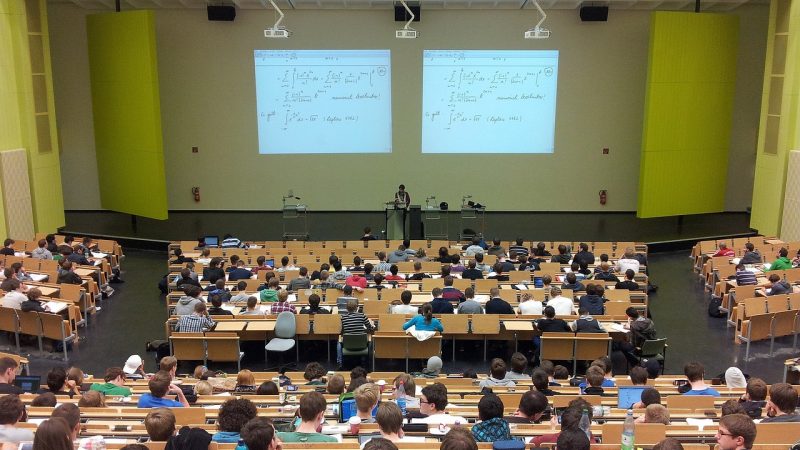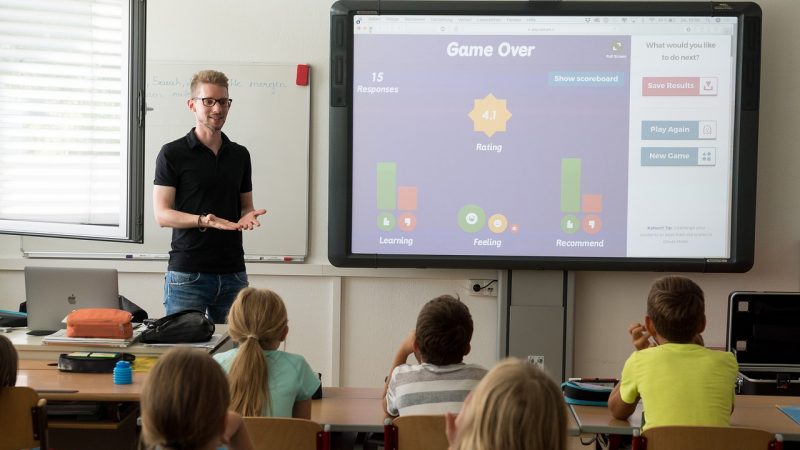The internet and social media are integral parts of young people’s lives today. While these technologies enable learning and connectivity, they also expose Chicago students to potential online risks like cyberbullying and explicit content. Developing effective approaches to promote online safety is crucial for safeguarding students in the digital world.
The Prevalence of Cyberbullying
Cyberbullying involves using technology to harass or intimidate others. Surveys show over 15% of high school students nationwide have experienced cyberbullying. Racist, homophobic, or body-shaming messages are common forms. Cyberbullying can be particularly damaging due to its 24/7 nature, wide audience, and anonymity of perpetrators.
Chicago public schools see steady reports of cyberbullying. Social media platforms like Instagram and Snapchat are prime channels. Cyberbullying is emotionally harmful, causing depression, anxiety, and lowered self-esteem. In extreme cases, victims have attempted suicide. Tackling cyberbullying through awareness and prevention is imperative for Chicago schools.
Exposure to Explicit Content
Students today have ready access to explicit and age-inappropriate content online. Pornography, violence, substance abuse and offensive language are easily searchable. Video sharing sites and social media often promote or recommend such content. Exposure can distort perceptions of healthy relationships and normalize harmful behavior. Monitoring students’ online activities is near impossible for parents. Schools thus play a vital role in teaching online discernment.
Sexting and Revenge Porn
Sexting – sharing sexually explicit messages or images – is increasingly common among teens. Revenge porn, distributing private sexual images without consent, is a growing issue. Both violate privacy and trust. Their prevalence highlights the need for education on appropriate online conduct. Counseling avenues must exist to support students affected by sexting and revenge porn.
Stranger Danger and Grooming
The anonymity of the internet puts young people at risk of grooming by online predators. Social media allows strangers access to students’ communications, interests and locations. Students often accept friend requests and engage with unknown adults. Predatory behavior can escalate over time from online chatting to physical encounters. Schools have a duty to make students aware of grooming dangers.
Protecting Personal Information
Oversharing personal information online also jeopardizes safety. Posting full names, contact details, home addresses, school details and daily activities provides exploitable data. Identity theft, stalking, and burglary are potential outcomes. Students require guidance on safely managing online identities and limiting access to personal information.
Fostering a Culture of Online Safety
– Updating policies to cover online conduct and digital citizenship
– Delivering curriculum modules on online safety issues
– Highlighting reporting procedures for harmful online content or contact
– Discussing strategies for managing online presence and reputation
– Promoting cross-year mentoring to encourage responsible use
Teaching Safe Online Behavior
– How to identify trusted sources and misinformation
– Risk assessment of online sharing, chatrooms and unknown links
– Secure password practices and privacy settings
– Identifying signs of cyberbullying, sextortion, grooming
– Empathetic online conduct and positive digital footprint
Responding to Cyberbullying
– Providing student counseling to address online harassment
– Working with social media platforms to remove harmful content
– Disciplining students who cyberbully per school policies
– Supporting parents to document and report cyberbullying
– Assessing wider school culture and encouraging positive norms
Fostering Open Communication
– Encouraging students to speak out about online concerns
– Regular home-school communication about online behavior
– Ensuring students know where to seek help if affected
– Anonymous reporting channels for cyberbullying incidents
– Working collaboratively with parents to reinforce online safety
Providing Ongoing Teacher Training
– Updates on digital trends, online risks and signs of harm
– Guidance on monitoring student conduct online
– Effective response protocols for online safety incidents
– Creating a culture of internet vigilance and support
While complex to manage, prioritising online safety is vital for Chicago schools. A holistic approach including policy, education, communication and vigilance is needed. Workshopping safe online behaviors from an early age will equip students to harness technology responsibly and safely. With care and cooperation, schools can foster digitally literate students able to navigate the online world.










